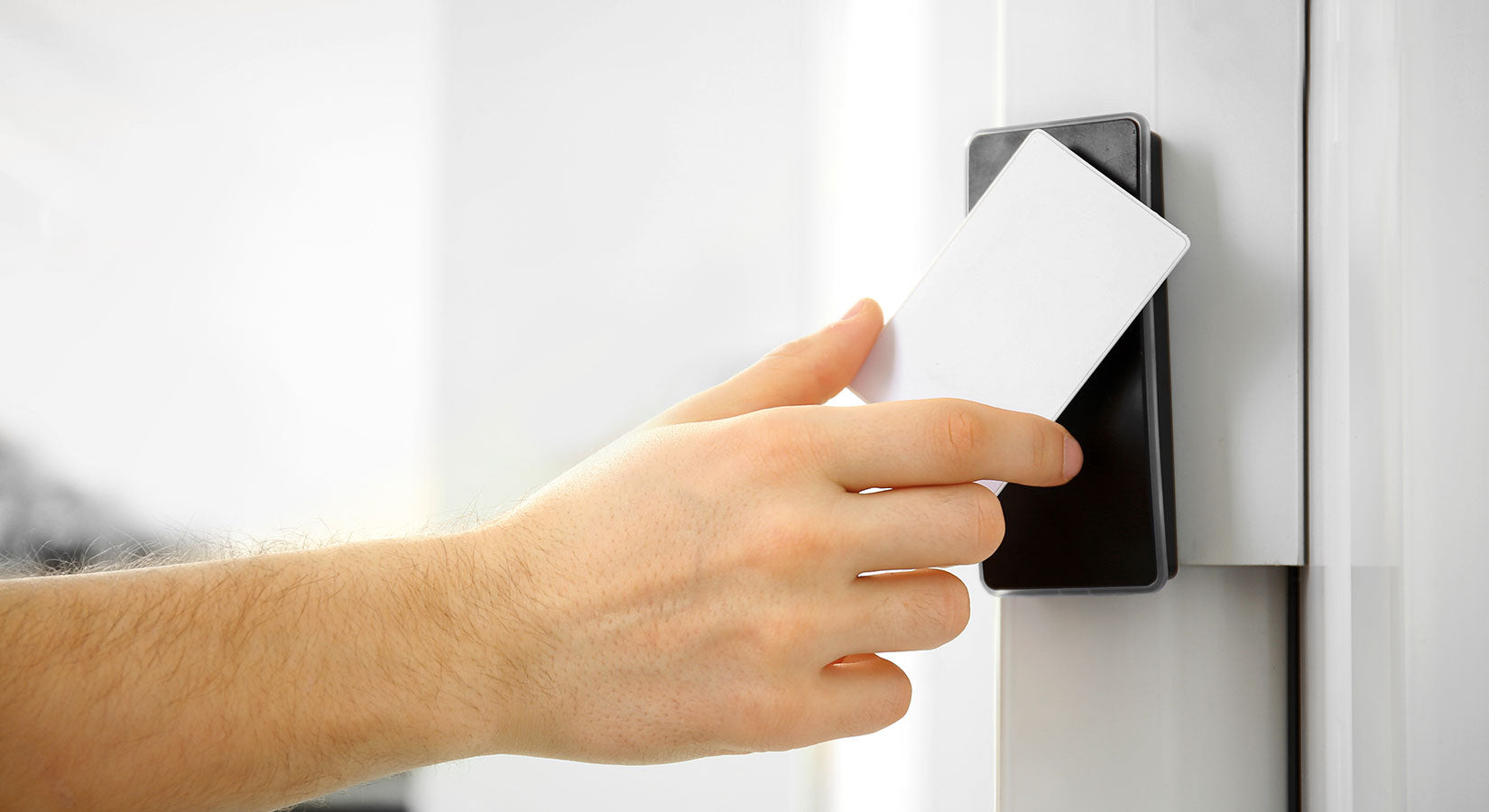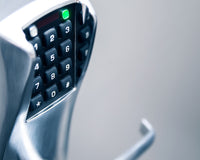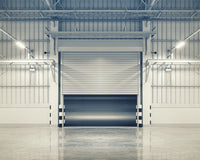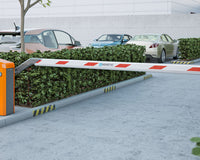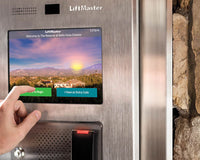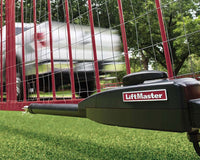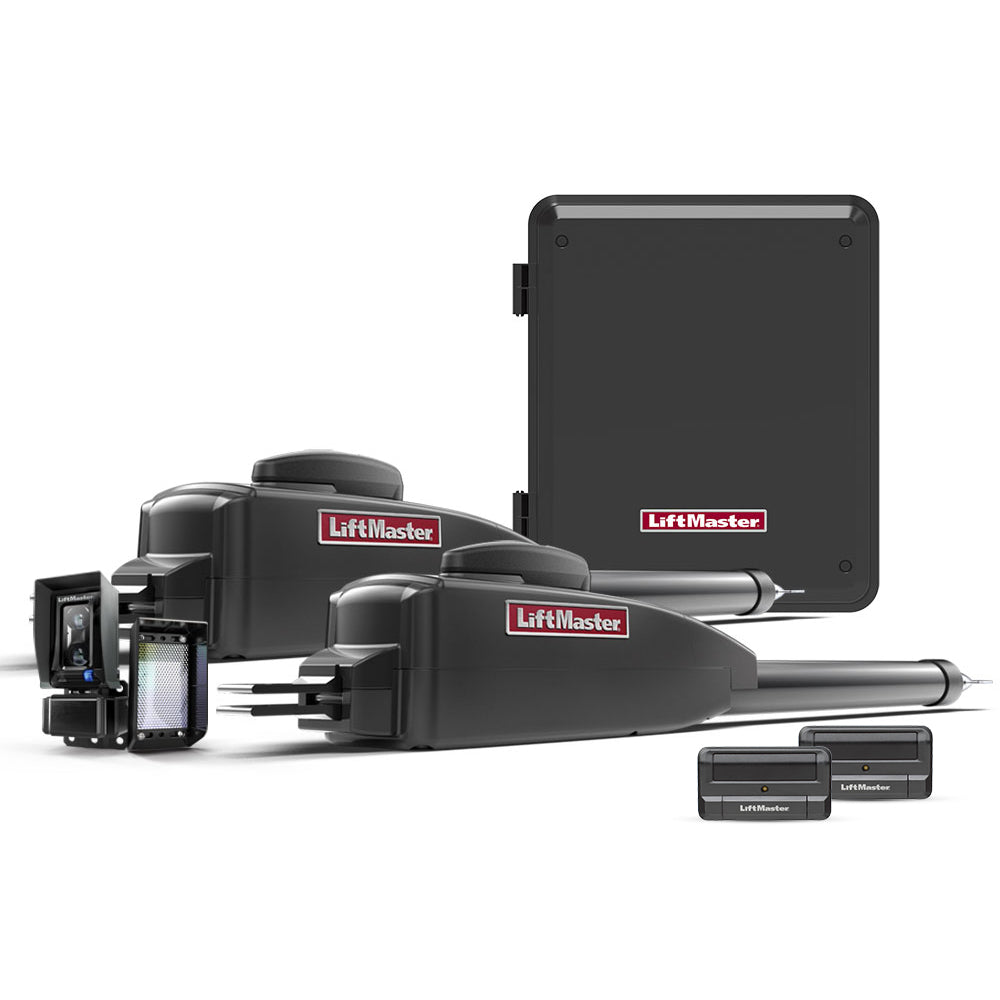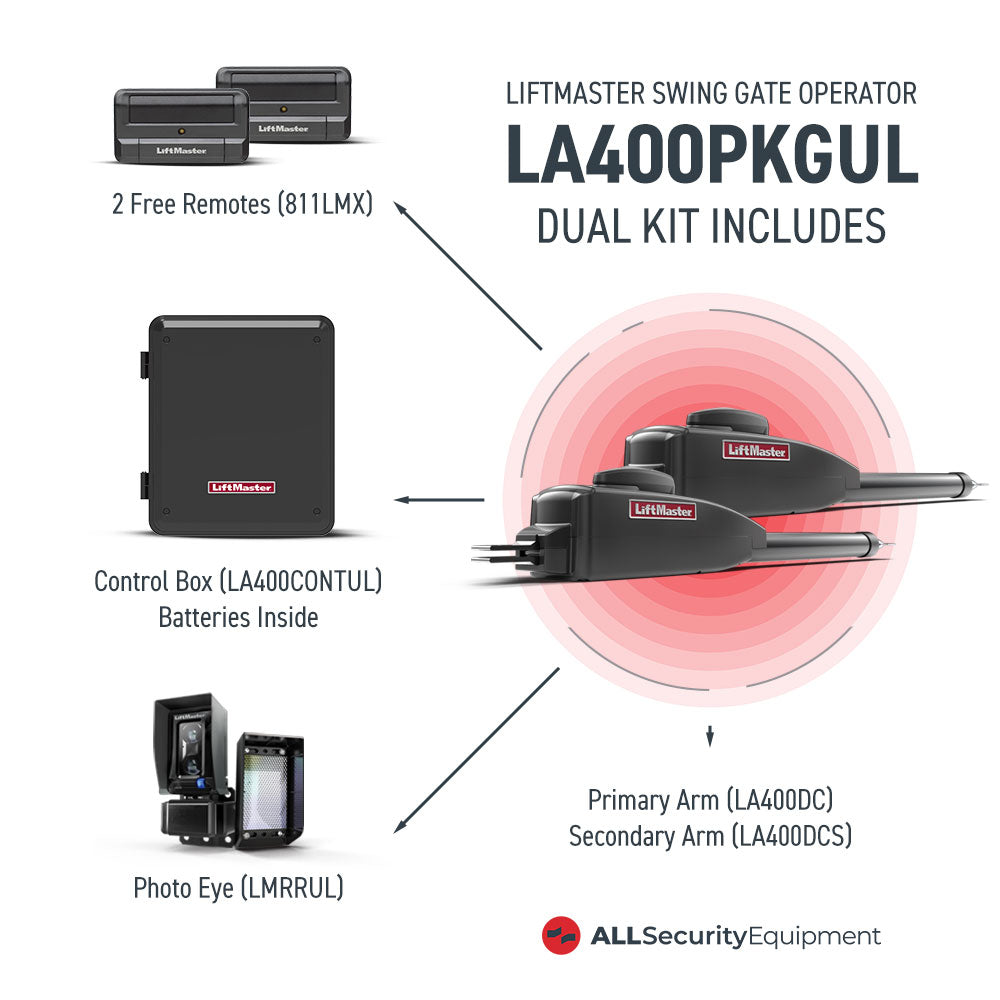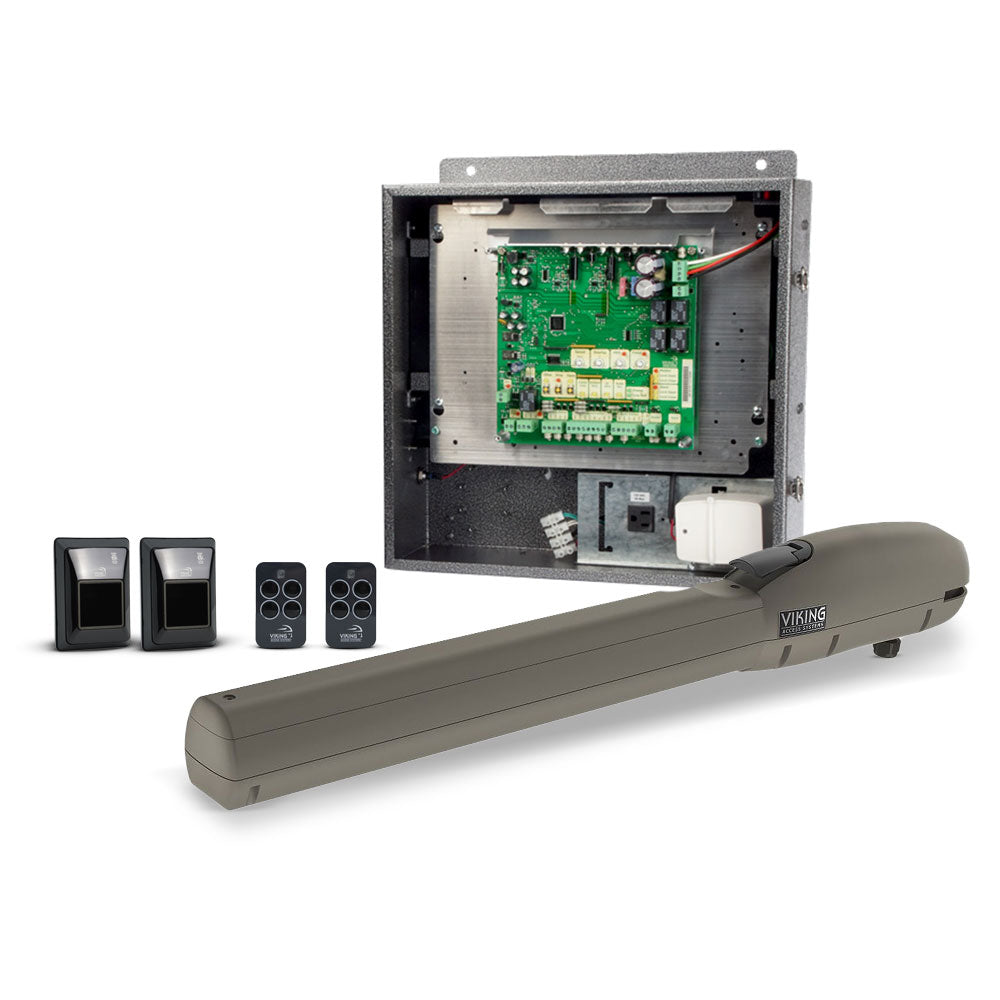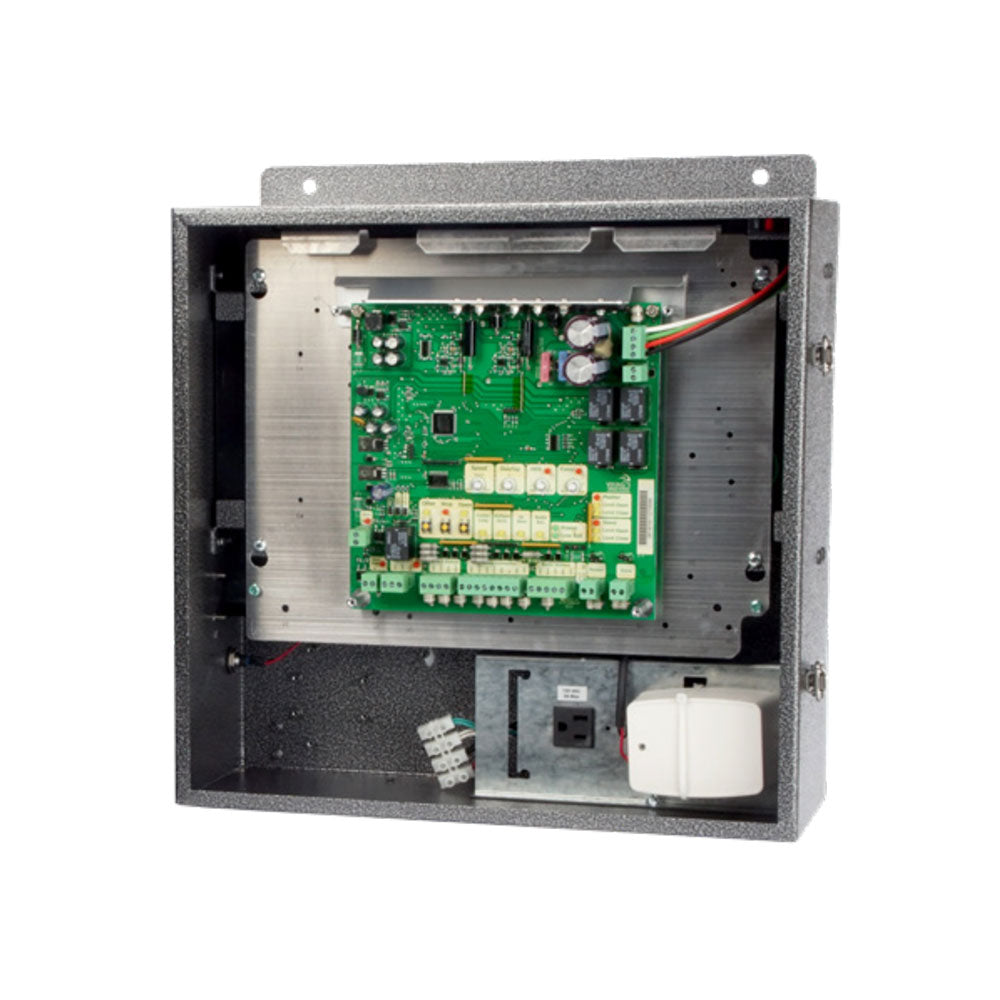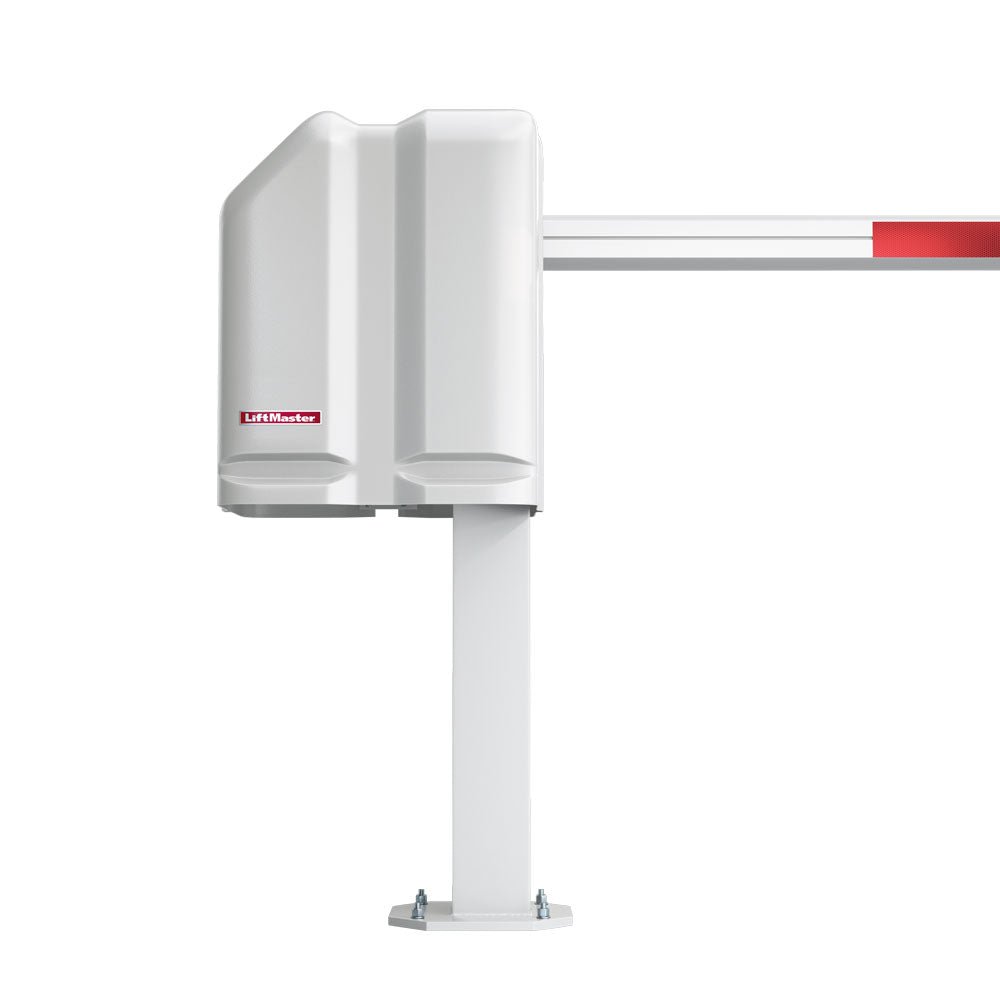Security is one of the most important parts of running a self-storage business. Tenants trust you to protect their belongings while still giving them easy access to their storage units.
The best access control systems for self-storage facilities offer both safety and convenience. They use modern technology to manage who can enter, track activity, and keep every part of the facility secure.
If you’re creating a self storage facility business plan or upgrading an existing site, this guide explains how access control works, what equipment you need, and how to choose the right system.

1. How Access Control Works in Self-Storage
Access control systems control who gets in, where they can go, and when. In a self-storage facility, that means managing access to gates, doors, and individual storage units.
Each system usually includes four main parts:
-
Access Reader: Scans the tenant’s key card, code, or mobile credential.
-
Controller: Approves or denies entry based on stored permissions.
-
Credential: The “key” used to open the gate or door.
-
Software: The program that tracks activity and manages users.
When a tenant presents their credential, the system checks if they have access. If approved, the gate operator receives a signal and opens automatically.
2. Main Components of Self-Storage Access Control Systems
A. Gate Access Readers (Perimeter Security)
The perimeter gate is your first line of defense.
Gate access readers verify tenant credentials and send a signal to open the gate. The most common reader types are:
-
Keypads: Tenants enter a unique PIN.
-
Card or Fob Readers: Simple tap or swipe access.
-
Mobile Access Readers: Tenants unlock the gate using a smartphone app.
-
Biometric Scanners: Use fingerprints or facial recognition for added protection.
Choose readers that are weather-resistant and easy to use. See our DoorKing Access Systems for durable options designed for outdoor environments.
B. Gate Access Controllers
The controller receives data from the reader and decides if entry is allowed.
It compares the credential with the list of approved users and sends a signal to the gate to open.
Modern controllers connect to the internet, so managers can track activity, adjust access, or lock gates remotely—perfect for multi-location operations.
C. Gate Operators
A gate operator is the mechanical part that opens and closes the gate.
It’s a key part of the overall security system, ensuring that only authorized tenants can enter.
-
Slide Gate Operators: Best for wide driveways and heavy traffic.
-
Swing Gate Operators: Work well in smaller facilities or tighter spaces.
For high-traffic entrances, a reliable model like the LiftMaster CSL24UL Commercial Slide Gate Operator is built for long-term, continuous use.
D. Access Credentials
Access credentials are what tenants use to enter the facility. They come in many forms:
-
PIN Codes: The simplest method—used on most gate keypads.
-
Key Cards and Fobs: Durable, trackable, and easy to replace.
-
Mobile Credentials: Let tenants unlock gates or doors from their phones.
-
Biometrics: Fingerprint or facial recognition for maximum security.
-
Telephone Entry Systems: Allow access via phone call or app.
Each credential is linked to the tenant’s account, so access can be automatically removed when rent is overdue or the lease ends.
E. Access Management Software
The access management software controls everything behind the scenes.
It allows you to add, remove, or update tenant access and track every entry attempt.
Key features include:
-
Setting time-based access schedules.
-
Receiving alerts for failed entry attempts.
-
Viewing reports of all gate activity.
-
Integrating with payment or rental software for automatic access control.
Cloud-based software lets you manage everything from your computer or smartphone—ideal for owners who oversee multiple storage sites.
3. Advanced Security Features for Modern Storage Facilities
Modern security systems in the storage industry are more than gates and locks. They use smart tools to keep property safe and simplify management.
Here are features worth considering:
-
Real-Time Alerts: Get instant notifications for gate activity or failed access.
-
Video Integration: Connect your access system with cameras for visual verification.
-
Overlock Control: Automatically lock units if rent isn’t paid.
-
Cloud Access: Manage the entire facility from anywhere.
-
Audit Trail: Record every entry and exit with date and time stamps.
These tools improve both security and customer experience, giving tenants confidence their belongings are safe.
4. How to Choose the Right Access Control System
Choosing the right system depends on your facility’s layout, size, and goals.
If you’re preparing a self storage facility business plan, include a section for access control under “Operations and Security.”
Here’s what to consider:
-
Facility Size and Design: Large properties often need multiple readers and controllers.
-
Tenant Volume: High-traffic facilities benefit from fast, automated systems such as RFID or mobile access.
-
Integration: Look for systems that work with your billing or management software so tenant access updates automatically.
-
Maintenance and Support: Select trusted brands with accessible support and replacement parts.
-
Scalability: Choose a system that grows with your business—ideal if you plan to expand or open new storage locations.
Security should be part of your business plan from the start. It not only prevents theft but can also increase your property’s value and customer trust.
5. Access Control Solutions from All Security Equipment
All Security Equipment offers the products and support you need to build a complete self-storage access control system, including:
-
DoorKing Access Systems – Reliable keypads, intercoms, and controllers.
-
LiftMaster Gate Operators – Designed for high-traffic and commercial use.
-
Access Control Accessories – Cables, relays, and hardware for system setup.
Our team can help design a system tailored to your property’s size, gate type, and access needs. Whether you are opening your first facility or modernizing an existing one, we can guide you to the right solution.
Conclusion
The best access control systems for self-storage facilities combine strong security with simple management.
By using durable gate equipment, reliable credentials, and easy-to-use software, you can create a safer, smarter, and more profitable facility.
Secure systems don’t just protect property—they also attract tenants who value peace of mind.
If you’re building or updating your facility, make access control a key part of your self storage facility business plan.
Explore Access Control Solutions at All Security Equipment and design a self-storage site that’s ready for the future.

